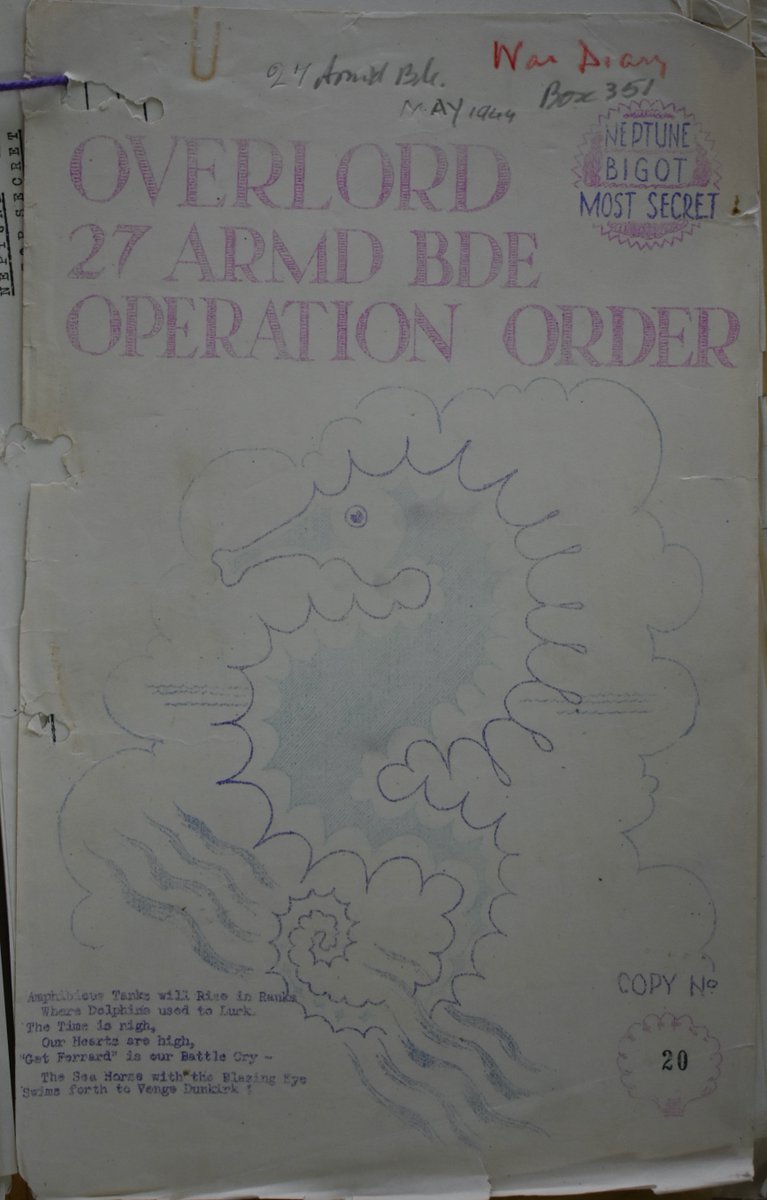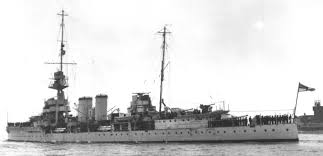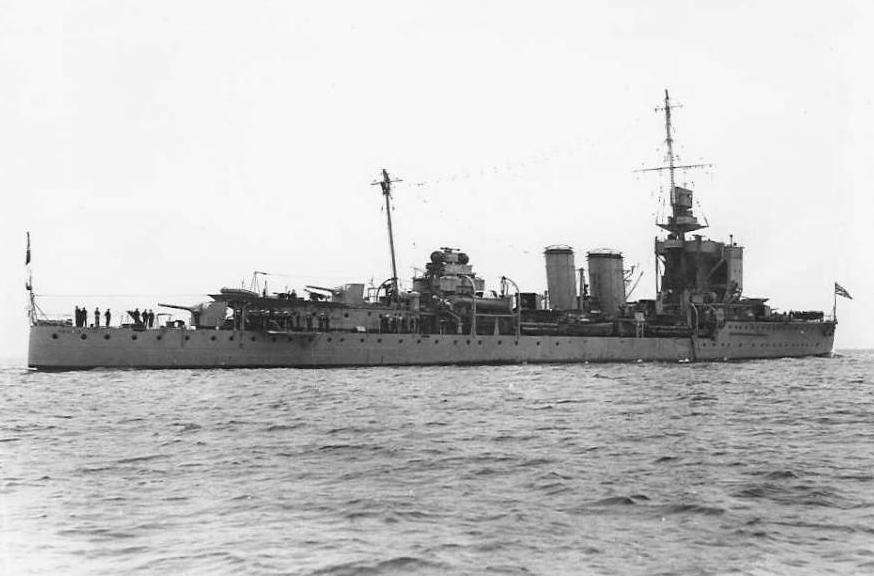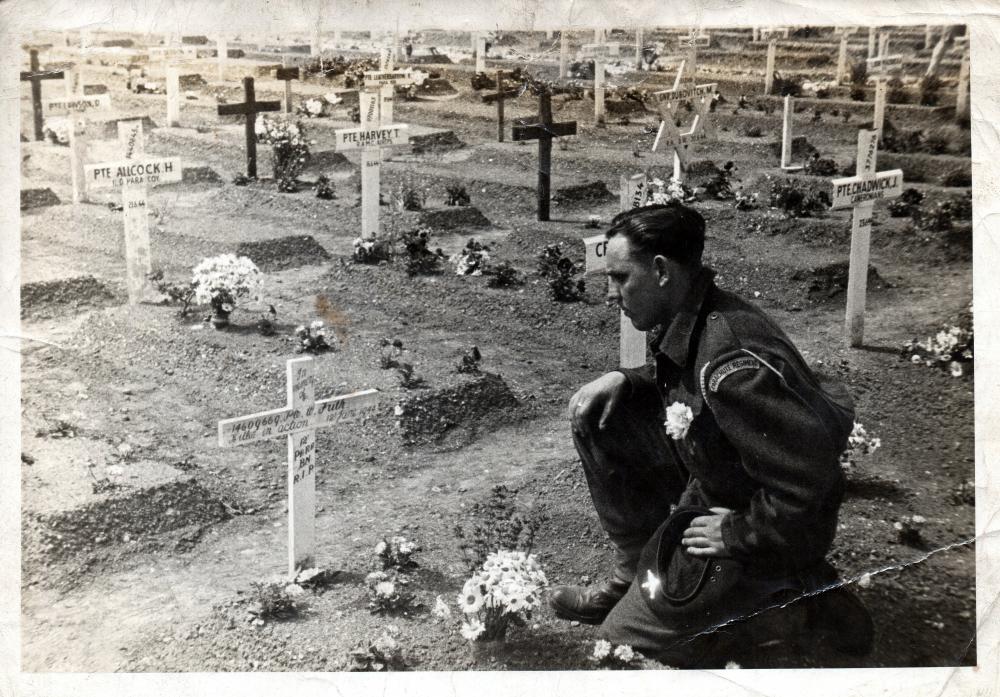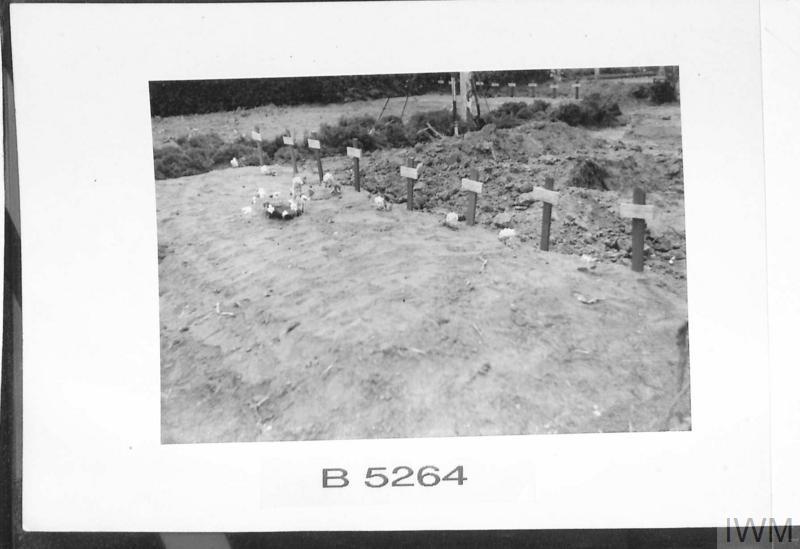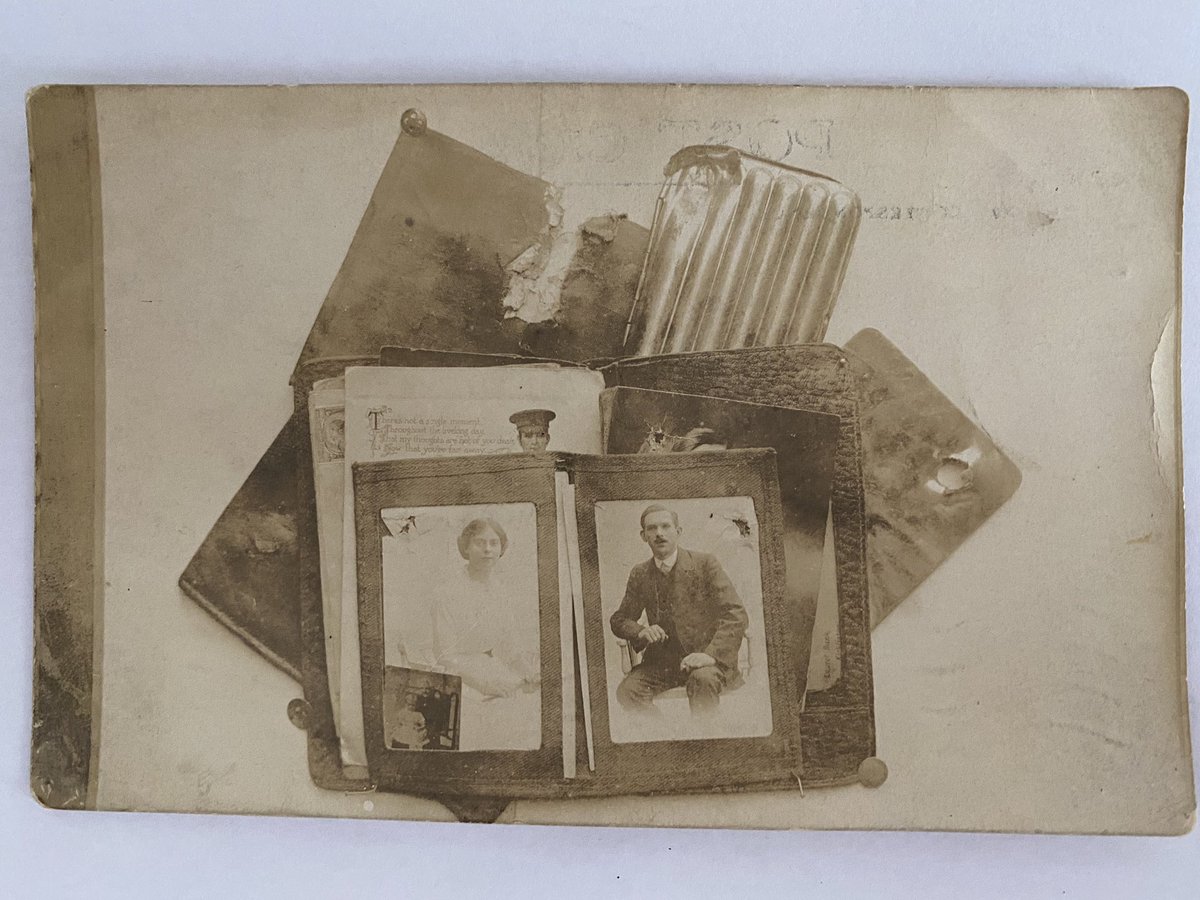
11. La Breche, Queen Red/White sector of Sword Beach.
To be hit at H-30 to H-15 (or H-10).
RAF heavy day bombing, Priority 1.



To be hit at H-30 to H-15 (or H-10).
RAF heavy day bombing, Priority 1.



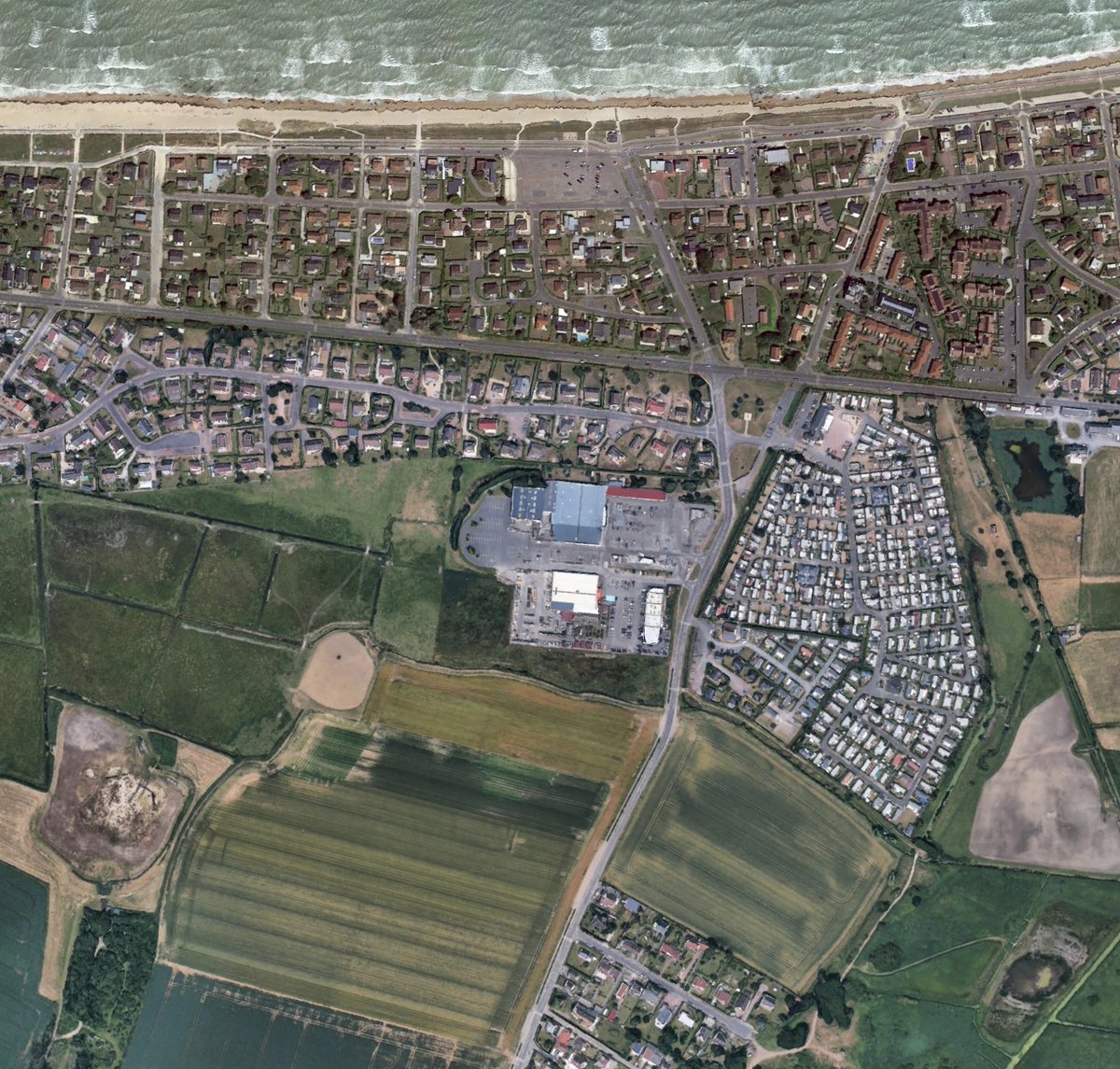
12. East of La Breche, WN18
To be hit at H-45 by one fleet destroyer.
Remarks- At Call of FOsB when landed.


To be hit at H-45 by one fleet destroyer.
Remarks- At Call of FOsB when landed.
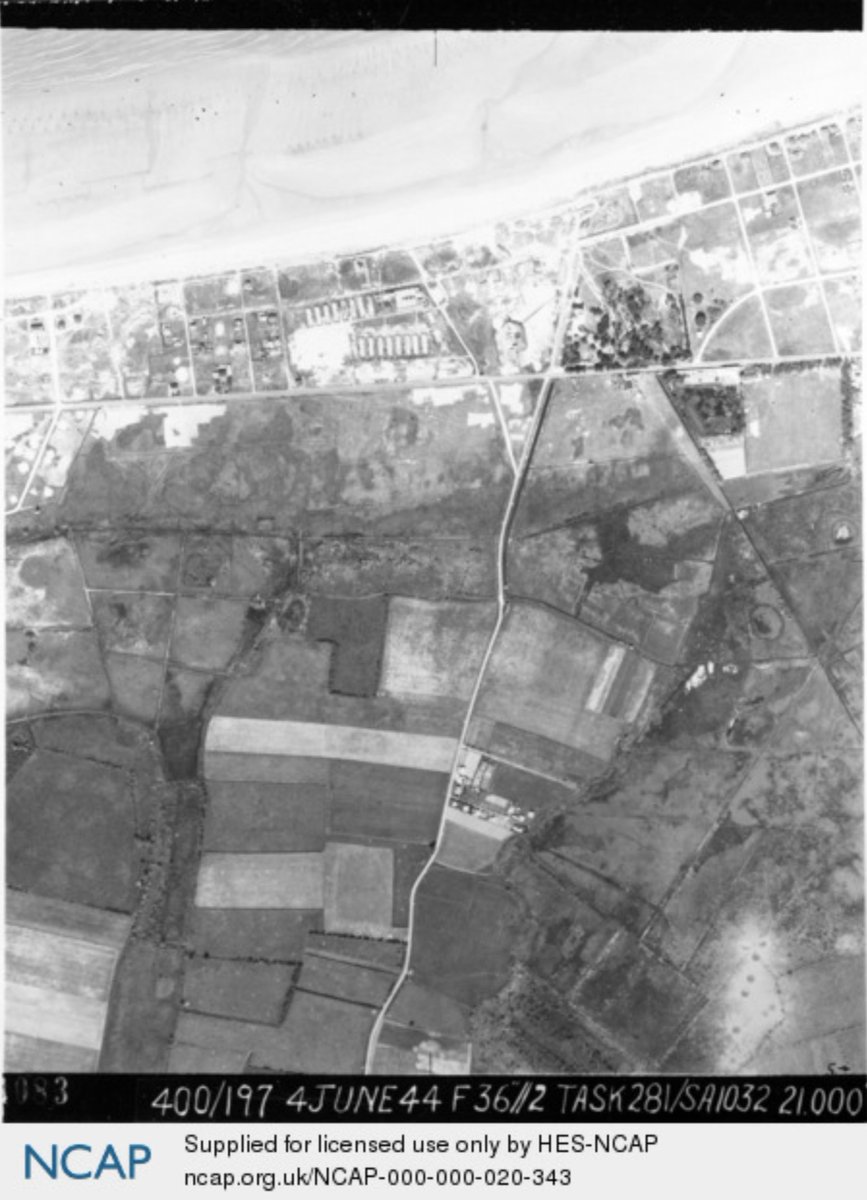


12. East of La Breche, WN18 also known as Casino.
To be hit at H-45 by one fleet destroyer.
Once the men of the 1 Special Service Brigade were ashore, Commander Kieffer and his Fusiliers Marins Commandos of No.10 (IA) Commando would assault this position.

To be hit at H-45 by one fleet destroyer.
Once the men of the 1 Special Service Brigade were ashore, Commander Kieffer and his Fusiliers Marins Commandos of No.10 (IA) Commando would assault this position.
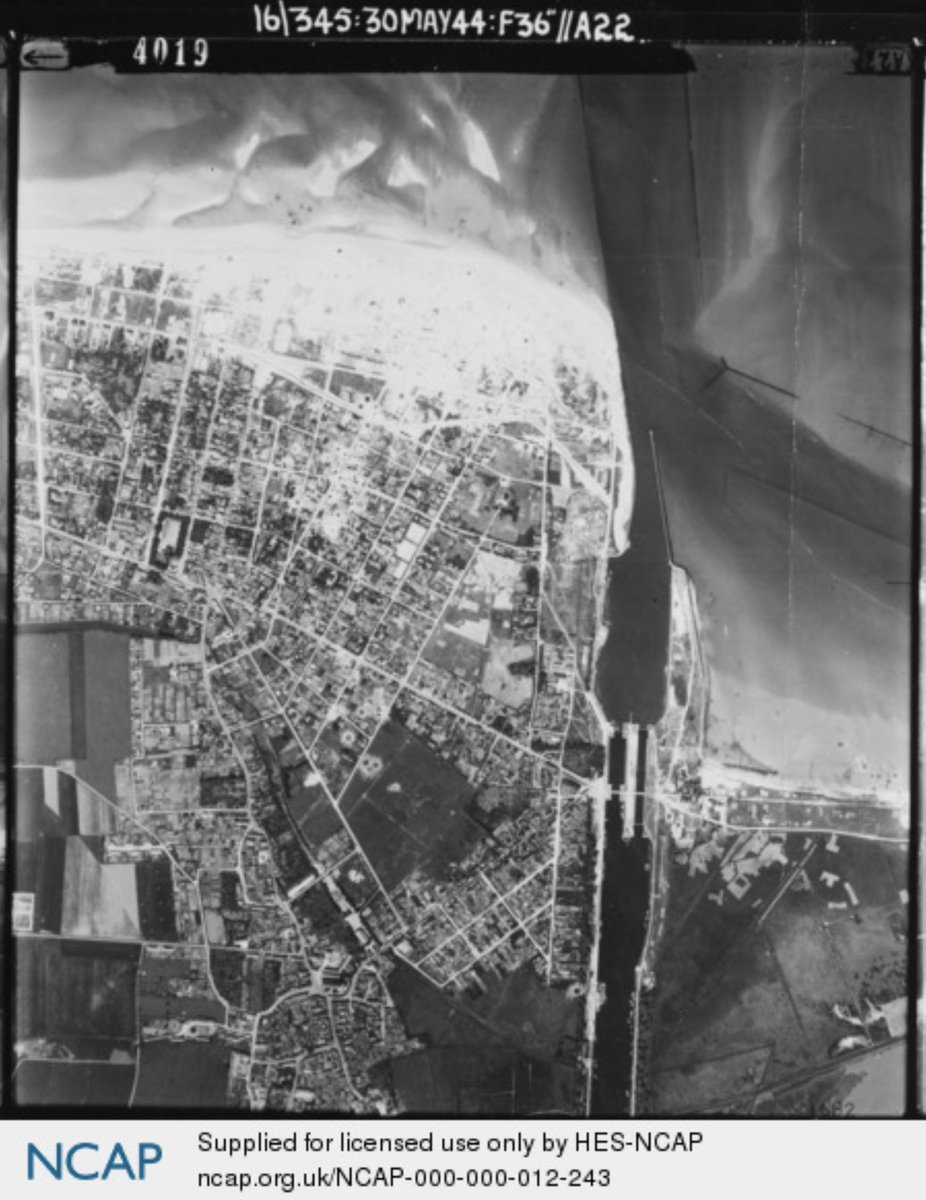
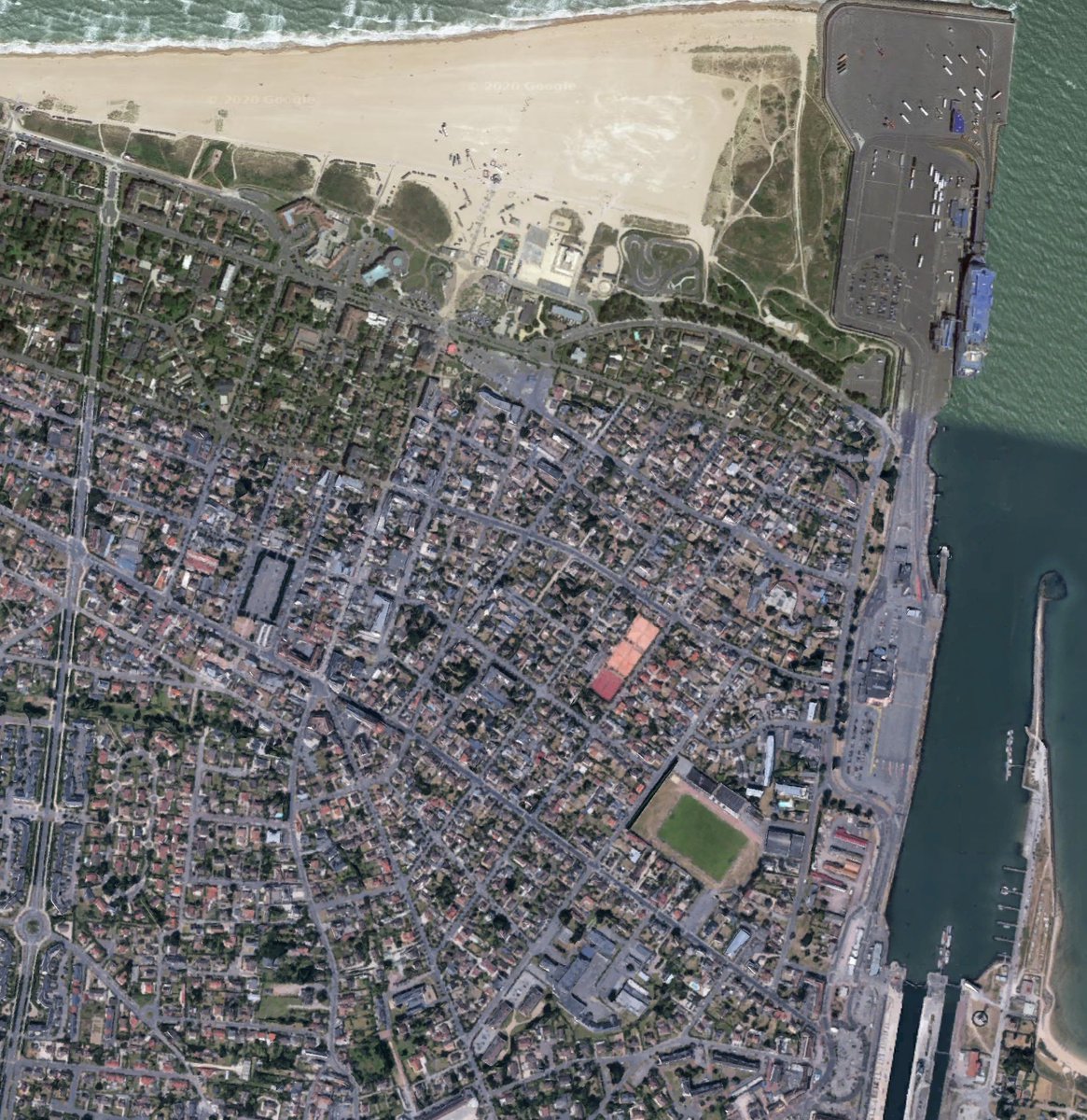
13. Ouistreham, WN8 & WN10
To be hit at H-45 by two fleet destroyers and heavy day bombing by the RAF.
Remarks- Destroyers at call FOsB when landed.

To be hit at H-45 by two fleet destroyers and heavy day bombing by the RAF.
Remarks- Destroyers at call FOsB when landed.


14. Beach defences, WN20 known as COD.
Numerous 5.5cm and 3.7cm guns, numerous MG and mortar positions.
To be hit at H-35 to H (Ranging to begin at H-42) by 7 Fd Regt and 76 Fd Regt as a running shoot on the way into the beach.

Numerous 5.5cm and 3.7cm guns, numerous MG and mortar positions.
To be hit at H-35 to H (Ranging to begin at H-42) by 7 Fd Regt and 76 Fd Regt as a running shoot on the way into the beach.


Remarks- Regts will be prepared to fire smoke from one gun per troop from H-10 if agreed by FO Force S on request of DSOAG. Remaining guns lift 300 yards at H-5.
This was the same for all the Fd Regts as the approached Sword beach and WN20.
This was the same for all the Fd Regts as the approached Sword beach and WN20.
14. WN20 COD
To be hit at H-35 to H (Ranging to begin at H-42) by 33 Fd Regt as a running shoot on the way into the beach.

To be hit at H-35 to H (Ranging to begin at H-42) by 33 Fd Regt as a running shoot on the way into the beach.


IWM images B5111, B5112 and B5091.
The landings coming in and touching down in front of WN20 COD. Taken at around 0800hrs two from LCT610 as it approaches. Tanks of the 13/18 Hussars can be seen on the shore line.
Men take cover at the sea wall away from the fire of WN20 COD.


The landings coming in and touching down in front of WN20 COD. Taken at around 0800hrs two from LCT610 as it approaches. Tanks of the 13/18 Hussars can be seen on the shore line.
Men take cover at the sea wall away from the fire of WN20 COD.



15. WN20 COD
Fire in two banks; three craft at H-10, two craft at H-4 by five LCT (R) Landing craft tank rocket.
Remark- No fire on beach after H. If late, alternative tasks on flank- three craft Ouistreham- two craft Lion Sur Mer.

Fire in two banks; three craft at H-10, two craft at H-4 by five LCT (R) Landing craft tank rocket.
Remark- No fire on beach after H. If late, alternative tasks on flank- three craft Ouistreham- two craft Lion Sur Mer.


The above two IWM images A27941 and A27942
IWM video- ADM 1258
The LCT (R) could carry over a 1000, 60-pound (27kg) rockets.
IWM video- ADM 1258
The LCT (R) could carry over a 1000, 60-pound (27kg) rockets.
16. Red and White Beaches
From H-45 to H-15, or by observations if DD tanks obviously early or late by two hunt class destroyers.
If plan B (ie H hr in daylight) support DD LCT as soon as in range of any weapons NOT engaged by cruisers. To keep 100yds clear of DD LCT launches
From H-45 to H-15, or by observations if DD tanks obviously early or late by two hunt class destroyers.
If plan B (ie H hr in daylight) support DD LCT as soon as in range of any weapons NOT engaged by cruisers. To keep 100yds clear of DD LCT launches

17. Red and White Beaches (above photo IWM A27941)
Three LCG (L) with two 4.7inch guns to hit the beach front at H-45 to H-15.
Two craft WHITE beach, one craft RED beach.
IWM images FL 5995 & A 23141

Three LCG (L) with two 4.7inch guns to hit the beach front at H-45 to H-15.
Two craft WHITE beach, one craft RED beach.
IWM images FL 5995 & A 23141


18. Red and White Beaches
There LCS (L) at H-20 to H.
Remark- Close support of DD Tanks during final approach.
There LCS (L) at H-20 to H.
Remark- Close support of DD Tanks during final approach.
19. Red and White Beach
Eight LCT (A) HE (four craft on each beach) one LCT (CB) at H-10 to H.
In support AVRE during final approach. LCT (A) HE at call from FOOs with assault battalions and Commandos when landed.
Eight LCT (A) HE (four craft on each beach) one LCT (CB) at H-10 to H.
In support AVRE during final approach. LCT (A) HE at call from FOOs with assault battalions and Commandos when landed.
LCT A is an armoured craft with bow doors adapted to allow firing from the deck.
LCT CB (concrete buster) also had an adapted bow door to allow firing from the deck.
This would allow armoured vehicles or self propelled guns to fire at targets on approach to the beach.
LCT CB (concrete buster) also had an adapted bow door to allow firing from the deck.
This would allow armoured vehicles or self propelled guns to fire at targets on approach to the beach.
20. Outer flanks of beaches
Two hunt class destroyers, one on each flank to hit targets between H-15 to H+60.
Two hunt class destroyers, one on each flank to hit targets between H-15 to H+60.
21. Outer flanks of beaches
Three LCG (L) two on one target and one on the other at H-15 to H+30.
There after all at call of FOsB.
Three LCG (L) two on one target and one on the other at H-15 to H+30.
There after all at call of FOsB.
22. Red and White Beaches
Nine LCA (HR) Landing craft assault (Hedgerow)with 24 spigot mortars to launch at H-2 in support AVRE.
Image- By Clive Uptton.
Nine LCA (HR) Landing craft assault (Hedgerow)with 24 spigot mortars to launch at H-2 in support AVRE.
Image- By Clive Uptton.

23 & 24. Outer flanks of beaches
Three LSC (L) in support of the landings from H to H+30
Two hunt class destroyers H+60 onwards
Direct fire on call from FOsB with Commandos. One destroyer each flank.
Three LSC (L) in support of the landings from H to H+30
Two hunt class destroyers H+60 onwards
Direct fire on call from FOsB with Commandos. One destroyer each flank.
25. Mouth of the River Orne, WN7
Four 5cm KwK L/60 guns and numerous MG positions.
RAF heavy day bombing, the photograph taken on D-Day shows direct hits from the bombing to some of the positions.

Four 5cm KwK L/60 guns and numerous MG positions.
RAF heavy day bombing, the photograph taken on D-Day shows direct hits from the bombing to some of the positions.


26. Franceville, WN5
RAF heavy day bombing.
Many of these casemates are still there in the dunes today. This includes the OP used by Oberleutnant Raimund Steiner for the Merville Battery.
Caution should be taken if visiting this area due to tides and mud flats.

RAF heavy day bombing.
Many of these casemates are still there in the dunes today. This includes the OP used by Oberleutnant Raimund Steiner for the Merville Battery.
Caution should be taken if visiting this area due to tides and mud flats.


27 & 28 Franceville, WN 2 & 3
On the beach front to be hit by three fleet destroyers from H-45.
This beach would be given the code name of 'BAND' landings were planned here if the situation at Sword was not going to plan. On D-Day it was not required for any landings.

On the beach front to be hit by three fleet destroyers from H-45.
This beach would be given the code name of 'BAND' landings were planned here if the situation at Sword was not going to plan. On D-Day it was not required for any landings.


29. Battle HQ of 716 DIV
This is now the area of the Caen Memorial and would be bombed by the RAF at H Hour.
30. Bieville a Regimental HQ was to be bombed at H Hour.
31. St Aubin, WN27 a Battalion HQ to be bombed at H Hour.
This is now the area of the Caen Memorial and would be bombed by the RAF at H Hour.
30. Bieville a Regimental HQ was to be bombed at H Hour.
31. St Aubin, WN27 a Battalion HQ to be bombed at H Hour.
32. Caen was to be bombed by medium and heavy bombers of the RAF at H+5 and H+7 respectively.
33. Defend locality of Carpiquet airfield with medium bombers at H+8
33. Defend locality of Carpiquet airfield with medium bombers at H+8
This concludes the list of 33 target areas in support of the British 3rd Inf Div and 6th Airborne Div in the area of Sword Beach. The only thing that stands out to me is why Hillman was not targeted and became one of the main reasons the landings slowed towards Caen.
• • •
Missing some Tweet in this thread? You can try to
force a refresh

